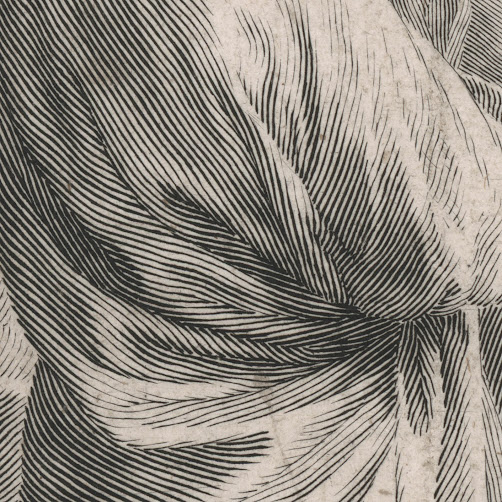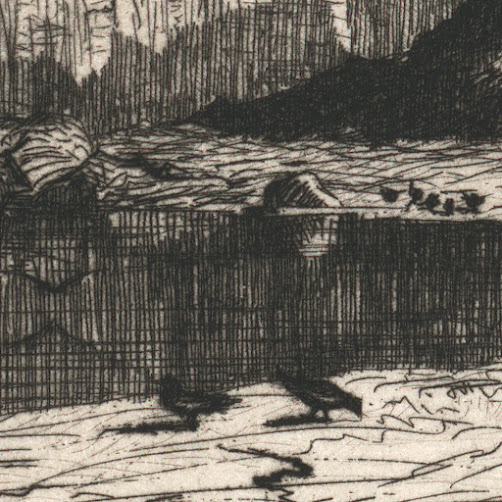Eugène
André Champollion (1848–1901)
“Moroccans
Playing with a Vulture” (aka
“Marocains Jouant avec un Vautour”), 1877, after Mariano
Fortuny’s (aka Mariano José María Bernardo Fortuny y Carbo; Mariano José María
Bernardo Fortuny y Marsal) (1838–1874) painting exhibited in the Salon of 1877
and in the collection of Mr. de Fontagud Gargollo (as inscribed in the
published state of this print). This impression is before the lettered state
with publication details for “L'Art” (1877, vol., 10, p. 282) and inscribed with Alfred
Salmon (aka Alfred Fortuné Salmon) as the printer (fl.1863–1894).
Etching on cream
laid paper with partial watermark and wide margins.
Size: (sheet)
29.6 x 39.2 cm; (plate) 24 x 31.5 cm; (image borderline) 20.8 x 28.9 cm.
Inscribed in
plate within the image borderline along the lower edge: (left) “E. Champollion
aqua f.”; (right) Fortuny/ 1[8?] 68”.
Lettered in plate
below the image borderline: (left) “Fortuny del.”; (centre) “MAROCAINS JOUANT
AVEC UN VAUTOUR.”; (right) “E. Champollion sc.”
Beraldi 1 (Henri
Beraldi 1886, “Les Graveurs du Dix-Neuvième Siècle: Brascassat - Chéret”, vol. 4,
Paris, Librairie L. Conquet, p. 83, cat. no. 1 [Planches Publiees dans “L'Art”];
IFF 6.
See also the
description of this print offered by the British Museum: https://www.britishmuseum.org/collection/object/P_1878-0511-339
Condition: a
strong impression with wide margins in a near pristine condition with no tears,
holes, folds, abrasions, stains, foxing or signs of handling.
I am selling
this insightfully executed etching capturing the almost Impressionistic style
of paint handling for which Fortuny is known—note, for example, how the figures are represented with tiny “broken” touches of tone as if the light
was bouncing on the surface of their forms rather than portraying the same
subject with the more academic approach of rendering forms with blended tonal
gradations—for the total cost of AU$233 (currently US$155.55/EUR142.90/GBP125.78
at the time of this listing) including Express Mail (EMS) postage and handling
to anywhere in the world, but not (of course) any import duties/taxes imposed
by some countries.
If you are
interested in purchasing this superb etching worthy of close study, please contact me
(oz_jim@printsandprinciples.com) and I will send you a PayPal invoice to make
the payment easy.

















































